During our trip to southern Arizona, we stopped at Kitt Peak National Observatory (#75 on my "100 Things To Do in Arizona" list) to get an in-depth peak at the night sky and the tools astronomers use to scrutinize it.
Kitt Peak National Observatory is about 56 miles southwest of Tucson on the Tohono O'odham Indian Reservation where about 200 acres in the Quinlan Mountains are leased from the Tohono O'odham under a perpetual lease agreement for as long as the facility is used for scientific endeavors. It took us about 45 minutes to get to the turn-off to ascend the mountain. As we turned off the highway, we noticed there were scattered clouds and an outside temperature of 71 degrees.
The telescopes looked tiny way off in the distance.
Astronomers recognized a need for a national observatory in the 1950's and after a three year survey of over 150 mountain ranges across the United States, Kitt Peak was finally selected. Factors such as temperature, visibility, light pollution and access to an international airport were part of the decision-making process.
We stopped at this view point about two thirds of the way up the mountain. It's easy to see why Kitt Peak was chosen!
Beautiful Arizona thistles dotted the mountainside along the road.
Finally, we arrived at the parking lot for the Visitor's Center. The clouds were increasing and the outside temperature was 52 degrees- a drop of 19 degrees from the base of the mountain! Kitt Peak National Observatory offers tours of three of their telescopes- we decided to do all three! First up was the McNath-Pearce Solar telescope- the world's largest solar telescope.
It doesn't look like a typical telescope, does it? The slanted piece is 200 feet long and extends into the ground (at the same angle) for another 300 feet. The angle is determined by the latitude.
Our docent (a retired engineer who volunteers at Kitt Peak) explained how the telescope works and then, at last, took us inside. I thought it was the most interesting of the three telescopes we saw since it is so different.
The giant mirror, called a heliostat, tracks the sun. The light is reflected down the tunnel.
Dust particles in the air allow us to see the light beam.
Astronomers collect the data they need including recording the images. We've come a long way since Hans Lippershey's first telescope in 1608 and hand-made drawings of what he saw!
The telescopes at Kitt Peak are available for researchers and graduate students to use. They first complete a lengthy application explaining what they need, what data they hope to collect and when they need to use the telescope. A committee selects "the winners" (considerably less than half of the applicants) and assigns them a date and time. If it storms or the sky is covered with clouds on their assigned day/time and they cannot use the telescope, they must begin the process anew.
Dorm-type rooms and a cafeteria are available for the researchers/grad students to use. As most of the astronomers are working at night, "quiet hours" are generally during the day.
A basketball court was built so researchers could get some exercise- but has become overgrown with weeds since no one wants to waste their allotted time "playing"- they are either working or sleeping for a few hours!
One of the issues that the Tohono O'odham people had when they were approached with the concept of building a national observatory on Kitt Peak is that it is their second most sacred mountain. According to their story, I'itoi (the creator) sometimes leaves his home on a neighboring mountain and comes to Kitt Peak to rest and relax.
The cylindrical formation off in the distance is Baboquivari Peak where I'itoi lives. (Notice the clouds... I was getting a little concerned that we wouldn't be able to see anything once it got dark.)
One of the founders of Kitt Peak, a professor at the University of Arizona, had an idea that might persuade the Tohono O'odham people to lease the top of their second most sacred mountain. He invited the tribal elders to come to the university and showed them the heavens through his telescope. The tribal elders were amazed that they could see the stars, planets and moon (that are so much a part of their heritage) in such detail and they consented to lease the land strictly for scientific research- no military or commercial application.
Kitt Peak was named by a Pima County surveyor, George J. Roskruge, in honor of his sister, Philippa (Roskruge) Kitt. "Kitt Peak" was officially adopted by the US Geographic Board in 1930. The name for Kitt Peak in the O'odham language is "ioligam" which means "red stick", a reference to the many manzanita bushes.
Beautiful manzanita bushes cover Kitt Peak.
Kitt Peak is home to 24 telescopes, each a different size or type. Since telescopes are very expensive to build and maintain, several universities or entities usually go in together to build one. We toured two other telescopes during the course of the day.
Be sure to wear comfortable walking shoes when you visit- the telescopes are spread out over the top of Kitt Peak! And notice that the clouds blew away- we had a clear sky for observing during the night!
There were several hours between the last tour and when the NOP (Nightly Observing Program) began- not enough time to leave the mountain and we forgot to bring our books to read. We napped for a bit in the car because the higher elevation (6875 feet) makes you sleepy <wink, wink> and then walked around the grounds. We watched birds and squirrels and had a snack.
This "Angry Bird" tried several times to abscond with our bag of Cayenne Pepper Pecans but the bag was too heavy for him to lift. He finally gave up trying to carry it off and began using his beak to poke a hole in the bag. We shooed him off feeling that cayenne pepper probably wasn't good for him.
Finally it was time for the NOP to get under way. We had a delicious box supper while we listened to a presentation and then divided into groups. First we learned to read a star chart, then learned how to use binoculars to observe the night sky. Finally, we had time at one of the telescopes to gaze at the moon, stars, nebulas, or whatever we wanted.
We watched the sun set from the top of Kitt Peak- what a gorgeous view!!
After sunset, at twilight, we watched stars begin popping out into the night sky... first just a couple, then a few more. And, of course, the moon was visible. We used our binoculars to get a closer look!
Finally it was time to use the telescopes; ours was a 16-inch reflecting telescope. Some telescopes are housed in domes but ours was in a flat-roofed building and the roof rolled to the side so we had a 360 degree view of the sky. It was incredibly dark with zillions of stars overhead. Our star guide, a paid employee, pointed out stars, constellations, satellites, and planets before we used the telescope to find Omega Centauri (one of the biggest and closest star clusters), M81 (a small spiral galaxy), Venus, Mars, Saturn's rings, and a host of other things.
As I listened to our docent explain that the Big Bang created the heavens and the earth, I felt sad. How could someone look up at the magnificent universe and not see the hand of God?
"In the beginning God created the heavens and the earth. ... God made two great lights- the greater light to govern the day and the lesser light to govern the night. He also made the stars."
Genesis 1:1,16
All too soon (about 10:30) it was time to put the telescope away and head back down the mountain. There is a strict NO LIGHTS rule on the mountain after dark since it interferes with researchers observing and collecting data. In fact, they gave us red flashlights to use when we walked around. And of course, NO flash photography. And NO HEADLIGHTS!! They gave instructions for turning off all headlights and fog lights. If your car had lights that could not be turned off, they taped manilla folders over them. So... we were going down a steep mountain road with lots of curves and few guard rails... in the dark... WITH NO LIGHTS! They did have us caravan down behind one of their vans since they know the road well. As long as you stayed close behind the car in front of you, you would be fine. A few miles down from the peak, we all pulled over and were allowed to remove the folders from our headlights and turn them on. Yep- it was definitely an E-ticket ride!!
Thumb Up or Down: UP!
Miles Round Trip: 672.2 miles
Miles To Date: 5940.4 miles
Percent of List Completed: 58%
Date of This Trip: May 25-27, 2012

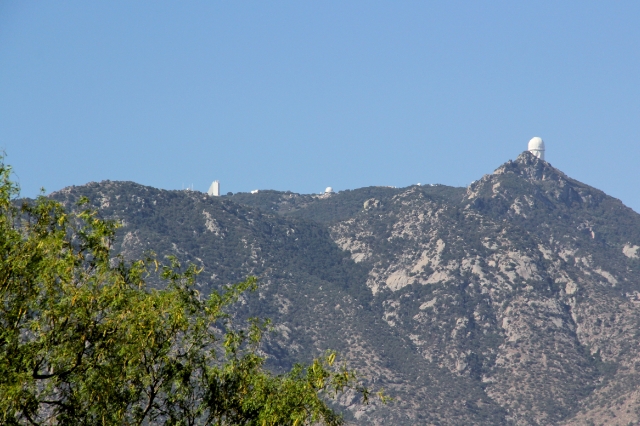
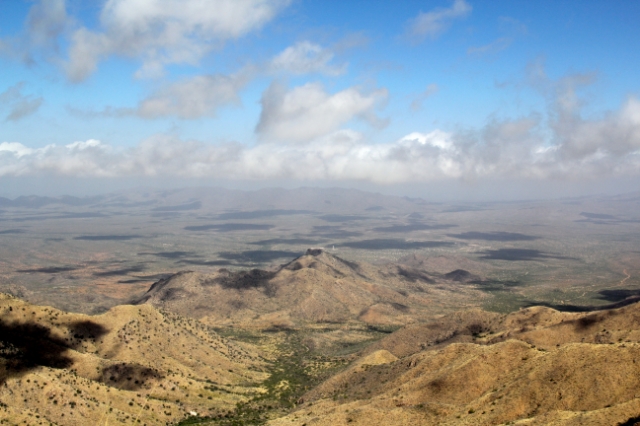
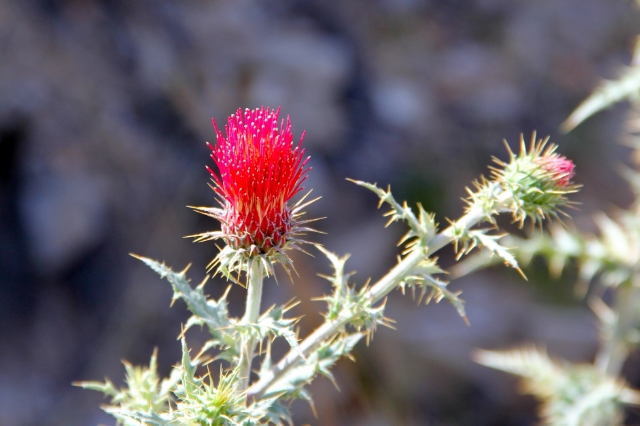
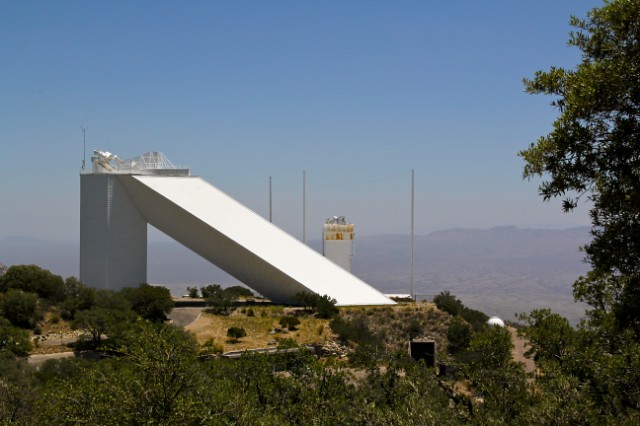
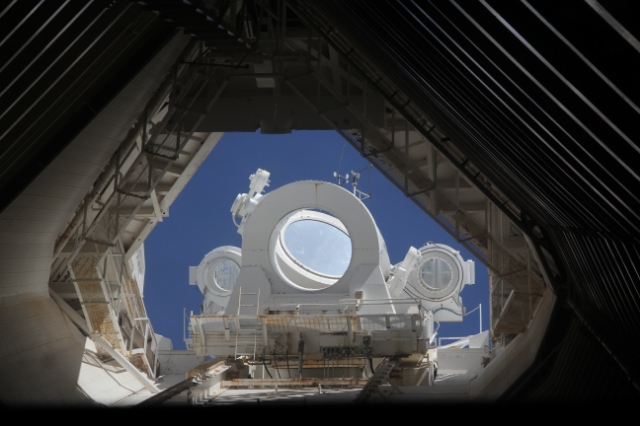


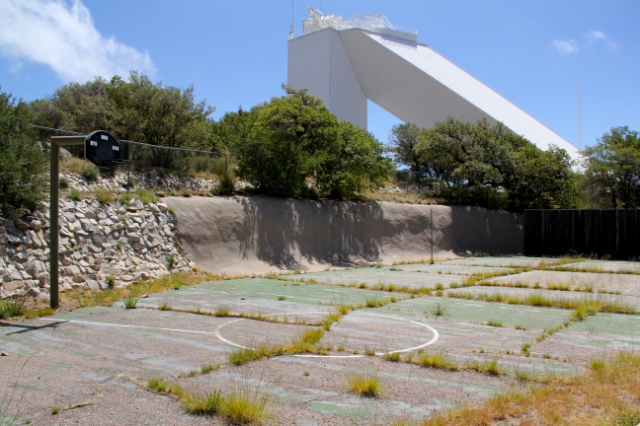
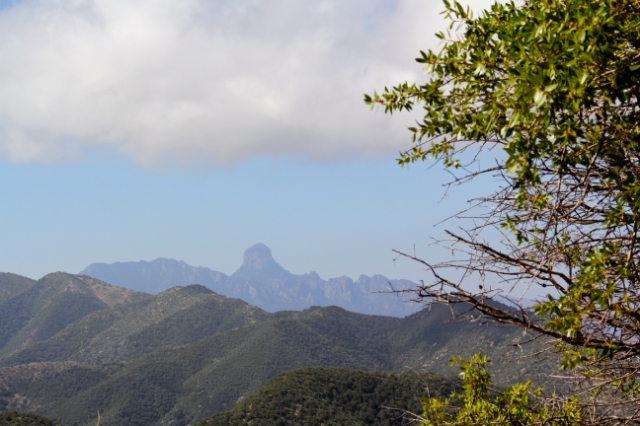
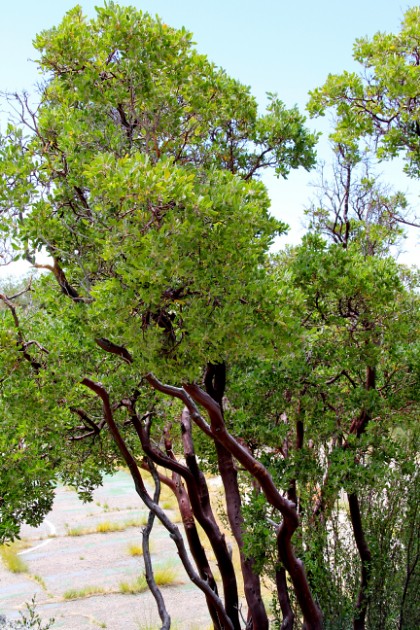


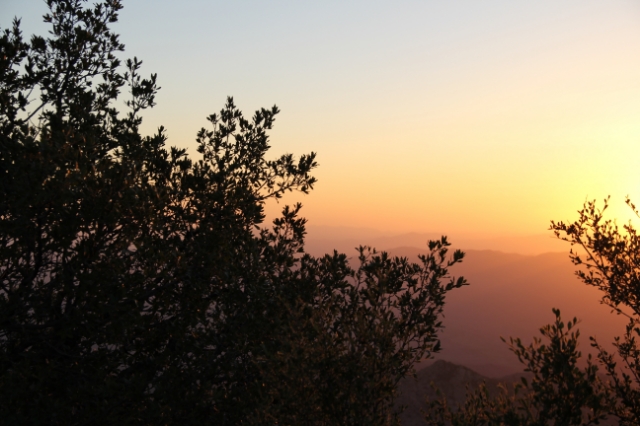
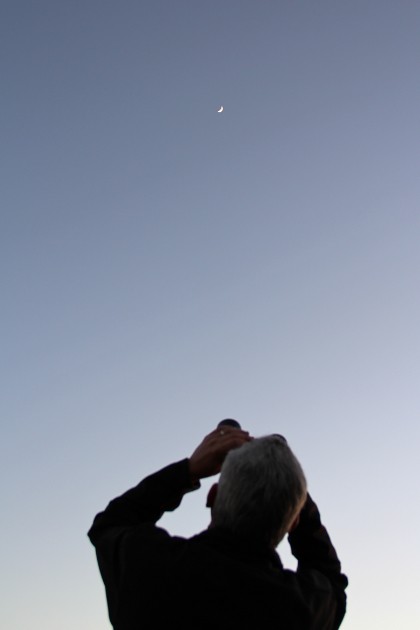
No comments:
Post a Comment